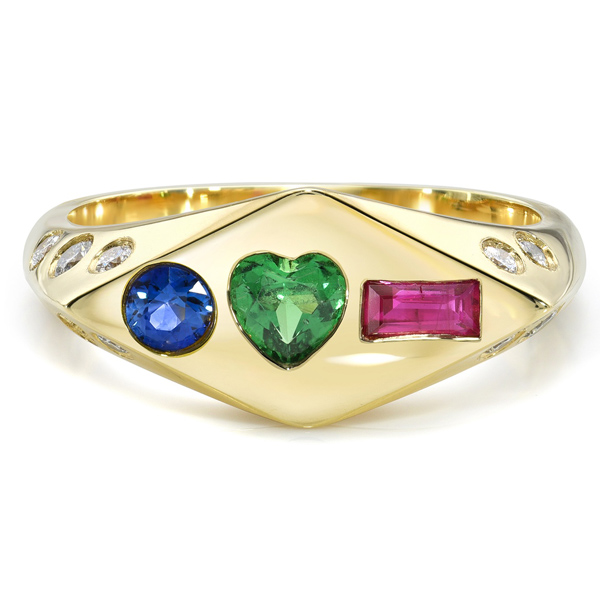
The word sustainability often has environmental connotations: recycled materials, low-impact manufacturing, reduced waste.
All of those things are true, but sustainability accounts for not only environmental effects, but societal, too—and both factors are closely intertwined. While it’s often a catch-all term for consumers (and even the brands who advertise as such), a company’s sustainability—and all the elements that includes—always should be disclosed and discussed with potential shoppers.
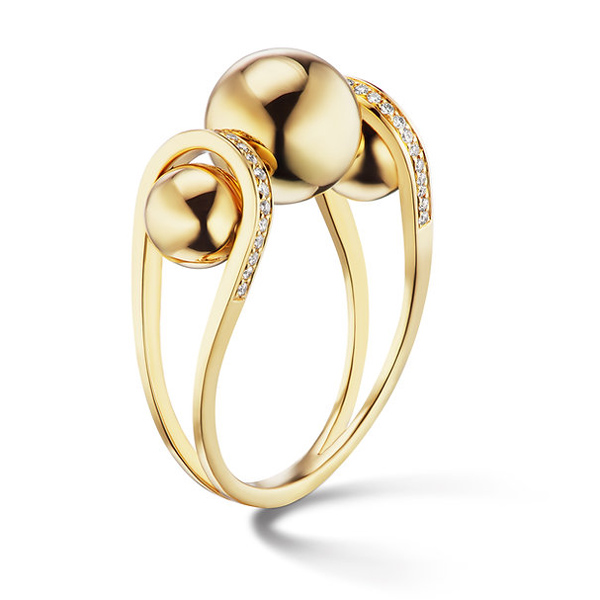
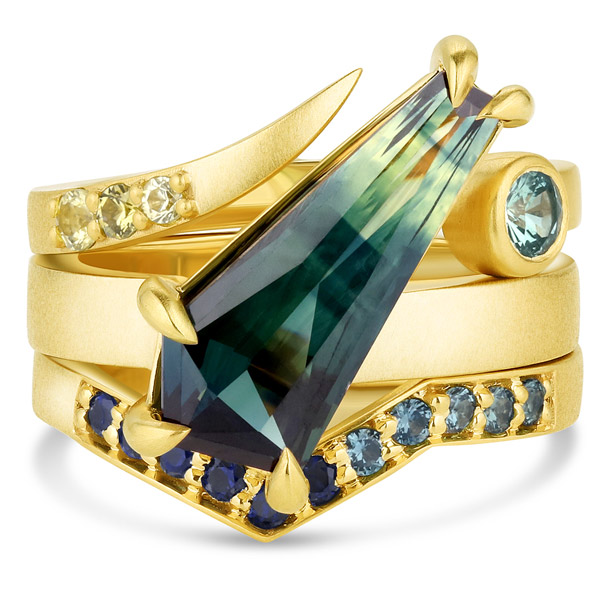
One such label conscious consumers may encounter is Fairmined gold, a certification that signals responsibly sourced metal. The Fairmined initative works with artisanal and small-scale mining organizations—its certified members—to provide gold of responsible origin. “This certification guarantees that the gold has been extracted in harmony with nature, human dignity, and sustainable development, contributing to the transformation of lives in these mining communities,” explains Fairmined’s website.
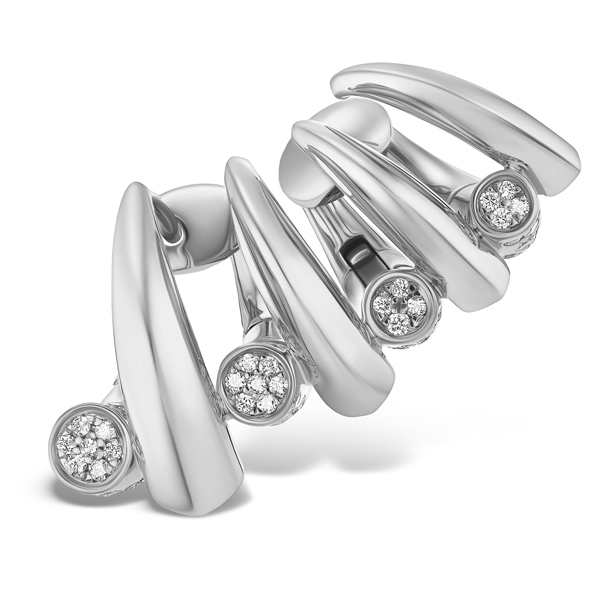
For those previously unfamiliar with Fairmined gold, they’re likely to notice a greater prevalence of the label once they’ve heard it. Currently, more designers are working with the initiative for their products; for example, Tabayer announced it is henceforth solely working in Fairmined gold for its jewelry.
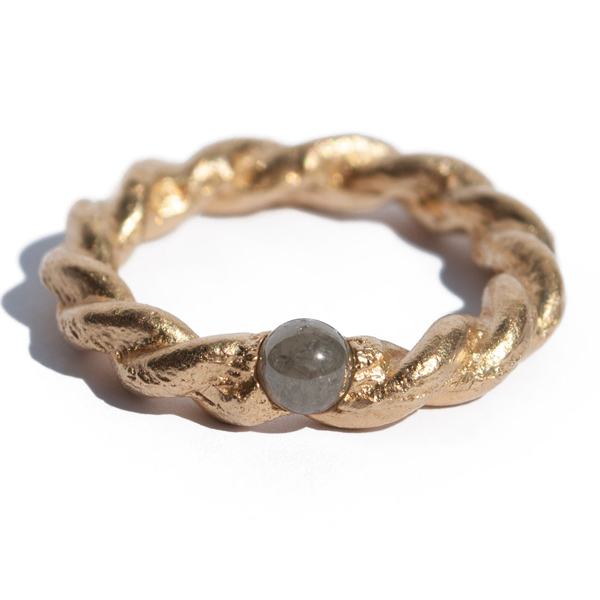
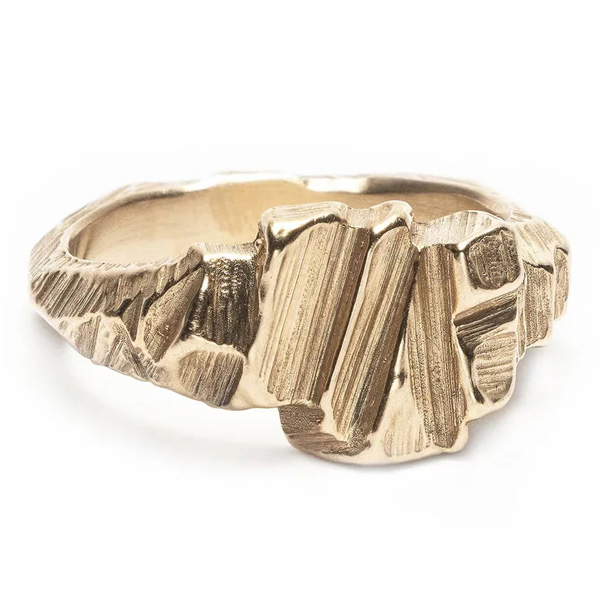
The ethical values of Fairmined gold are resonating with a growing community of designers; for those looking, they aren’t difficult to find. “Using Fairmined gold matters to me, because I know the mines are following protocols that respect both the environment and the people working there and that the gold I use is having a positive social impact,” says Jeanie Andronyk of the Saskatchewan-based Andronyk. “For me, knowing exactly where my materials come from aligns with my commitment to responsible sourcing and ensures my clients feel good about what they’re wearing. As a futurist, being part of this forward-thinking movement in ethical jewelry lets me create with purpose while being a small part of the momentum pushing the industry forward in the right direction.”
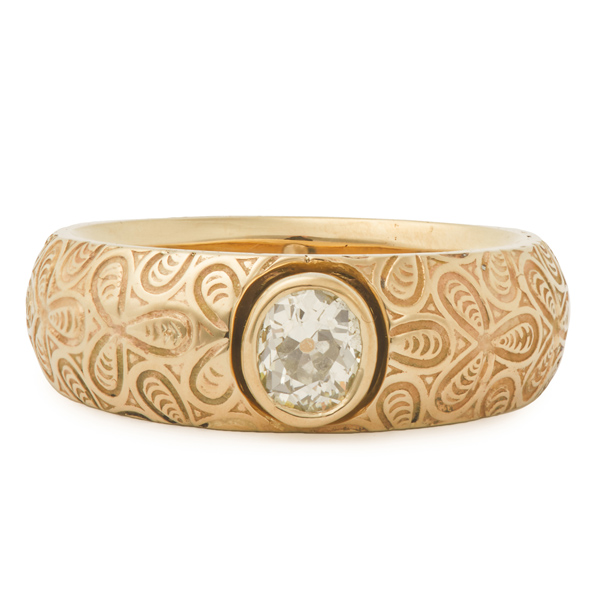
“The No. 1 thing I want to convey to my customers is that choosing Fairmined gold is a way to proactively engage with gold mining and opt in for positive change,” says Alisa Thorp, co-owner of Oakland, Calif.–based Mercurius Jewelry. “Many people are sensitive to the environmental impact of mining, but unfortunately due to the high financial value of gold, ongoing extraction is our current reality. When you choose Fairmined gold you are helping to improve the working conditions, the pay, and the way gold is mined. This has a directly beneficial impact on the lives of artisanal miners, their communities, and the ecosystems where gold is mined.”

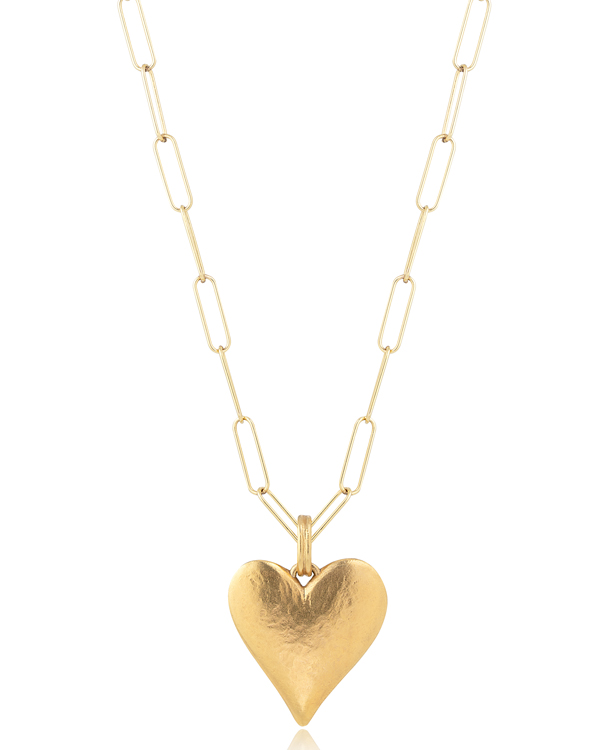
While the high price of gold undoubtedly will have solid pieces out of many consumers’ price ranges, there are also brands who plate their sterling creations in Fairmined gold. “We opt for Fairmined gold plating on our demi-fine jewelry because it’s important to me to use processes that we can trust,” says Kitty Fuller, founder and designer of the London-based brand Kitty Joyas. “Our Fairmined gold comes from responsible sources who mine via certified, small-scale organizations that support their local communities. Beyond this, Fairmined gold plating embeds more ethical sentiment into our more accessible pieces—something that felt important as a way of ensuring that more responsible jewelry options exist at all price points, and not just for those that can afford to buy from our solid recycled gold range that boasts sustainability due to its longevity.”
Zulaikha Aziz, a human rights attorney originally from Afghanistan, founded her brand Mazahri in 2021 with pieces made in Fairmined gold, and hasn’t looked back. “I reached out to the Fairmined team because of their focus on artisanal and small-scale miners, as large mining operations can do much greater environmental and social damage, such as causing forced displacement of local communities. Fairmined has a comprehensive website and are very transparent about their work—the supply chain and their impact,” says Aziz. “Many of my customers are people who have hesitated to buy fine jewelry before because they are uncomfortable with what their money was supporting. I think that many new consumers are more aware of the interconnection of natural resource extraction with exploitation and conflict around the world, and they are making different choices for their jewelry, which is such a personal and intimate item—something we have on our skin every day. Folks want to feel good about their jewelry purchases and knowing about the materials and impact helps them do that. So for Mazahri, using fully traceable Fairmined gold, and gemstones, is inherent to the purpose and success of our brand.”
Top: Zan signet ring in Fairmined 18k yellow gold with 0.25 ct. heart-shape tsavorite, 0.18 ct. baguette ruby, 0.15 ct. round sapphire, and 0.18 ct. t.w. diamonds, $5,400; Mazahri
- Subscribe to the JCK News Daily
- Subscribe to the JCK Special Report
- Follow JCK on Instagram: @jckmagazine
- Follow JCK on X: @jckmagazine
- Follow JCK on Facebook: @jckmagazine






